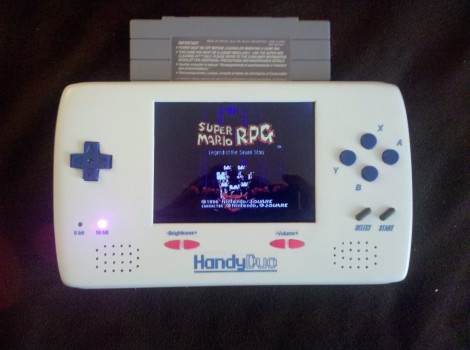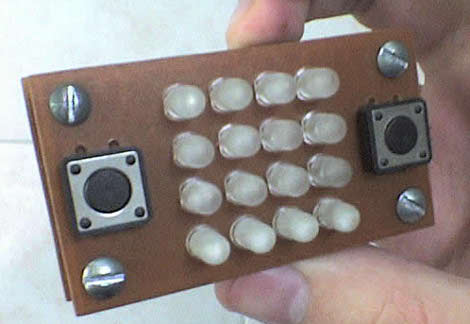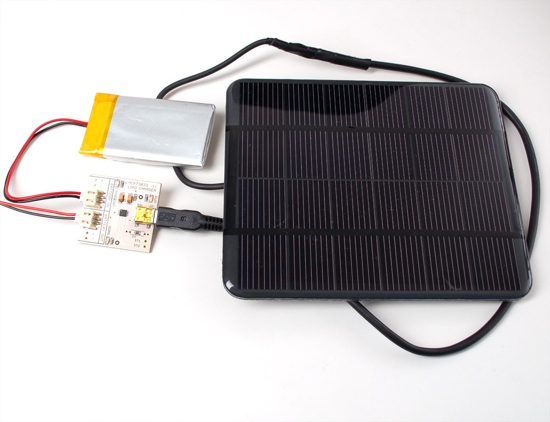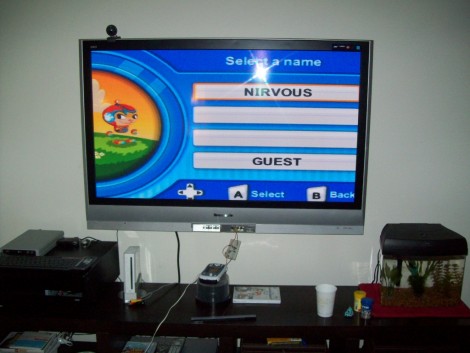
It looks like we missed the boat on this one but just in case you missed it everywhere else on the Internet, last Saturday [Matt Stack] introduced the world to a completely open source calculator. This marries two heartily tested open source projects; the R Project for Statistical Computing and the Beagleboard. The hardware side of things is very similar to that Linux tablet from back in June. It uses a stock Beagleboard with the BeagleTouch module.
Why do we care? First off, don’t forget what’s under the hood. That ARM processor kicks the 6 MHz Z80 processor found in TI’s calculators to the curb. The R language is a boon as well, offering plots of almost limitless quality and allowing extensibility that can’t be equaled with the current non-open offerings. But mostly because it’s a hack. We like seeing software run on hardware it wasn’t intended for.














